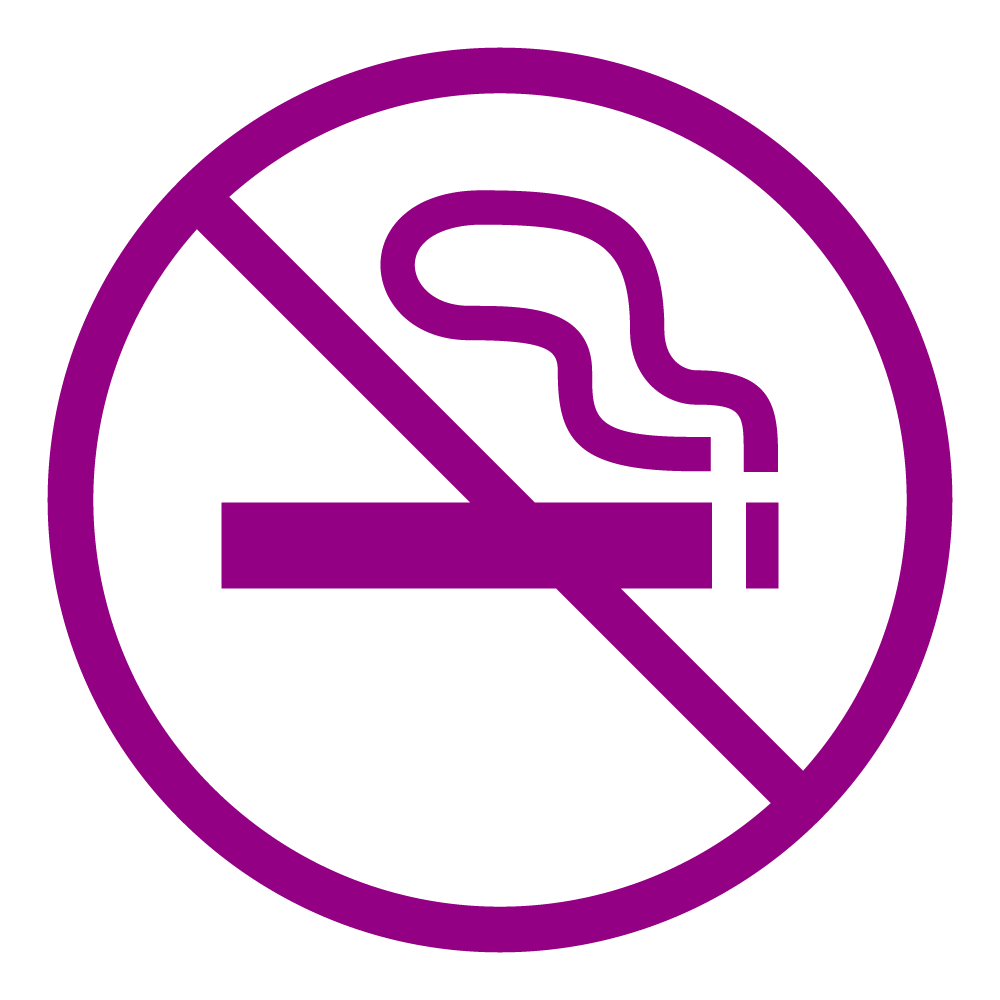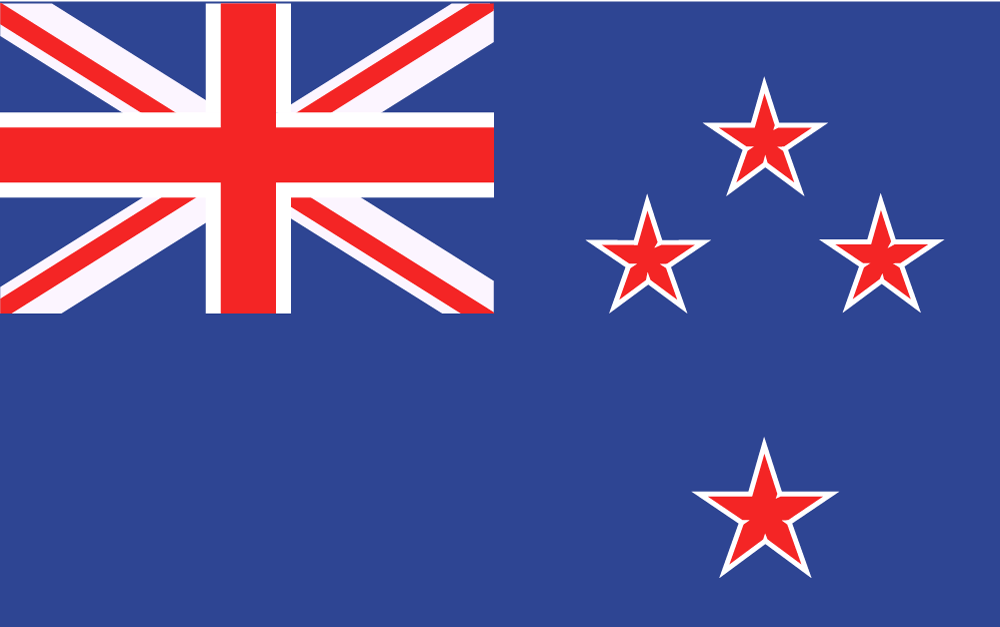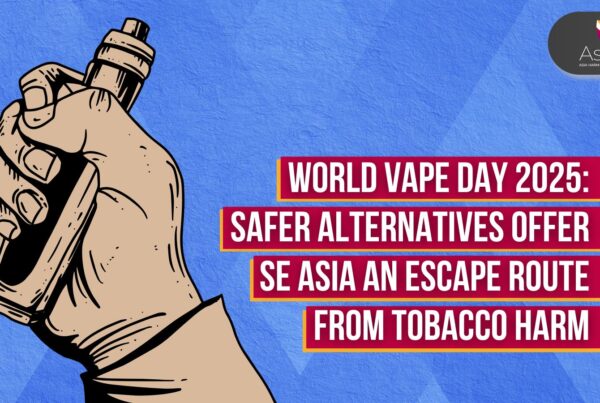Asia Pacific and the Middle East needs to act
One of the main problems affecting the Asia Pacific Middle East region is the use of combustible tobacco and the restrictive regulation of less harmful alternatives.
Switching to less harmful products and/or quitting tobacco altogether can save hundreds of millions of lives.
Smoking rates in Asia Pacific Middle East are stagnating or increasing, with the smoking rate for men in China and India steadily increasing. The majority of the world’s smokers live in the Asia Pacific Middle East region – primarily in China, India, and Indonesia.
Families in Asia Pacific and the Middle East are suffering more than most. 90% of deaths from non-communicable diseases occur in low and middle-income countries.
In East Timor, Indonesia, Malaysia, Japan, Singapore and Thailand, e-cigarettes are entirely banned.
In Australia, e-cigarettes are only available by prescription from a GP.
Adult smokers deserve access to reliable, accurate information about reduced-risk products.
Modelling shows that progressive vaping policies can help:
- 76.5 million smokers quit in China
- 28.95 million smokers quit in India
- 6.2 million smokers quit in Bangladesh
- 4.3 million smokers quit in Japan
- 4.35 million smokers quit in the Philippines

THR regulation principles
THR regulation should aim to maximise the number of smokers switching to safer, smoke-free products;
Public health strategies should focus on addressing misperceptions that hamper adult smokers from adoption of potentially harm reducing smoke-free products;
It should also strike the balance between ensuring that nicotine products remain accessible and as safe as possible without compromising their appeal to smokers.
THR product regulation should be:

Science-based

Proportionate to the degree of risk to the consumer

Based on applying the most restrictive regulations to the most harmful product (i.e. cigarettes)

Based on applying the least restrictive regulations for the least harmful products

Protect youth from initiation

The UK has the most advanced THR regulation in the world and is a leading case study for how nicotine products can be used to reduce smoking rates.
More about
Alcohol Harm Reduction
More about









